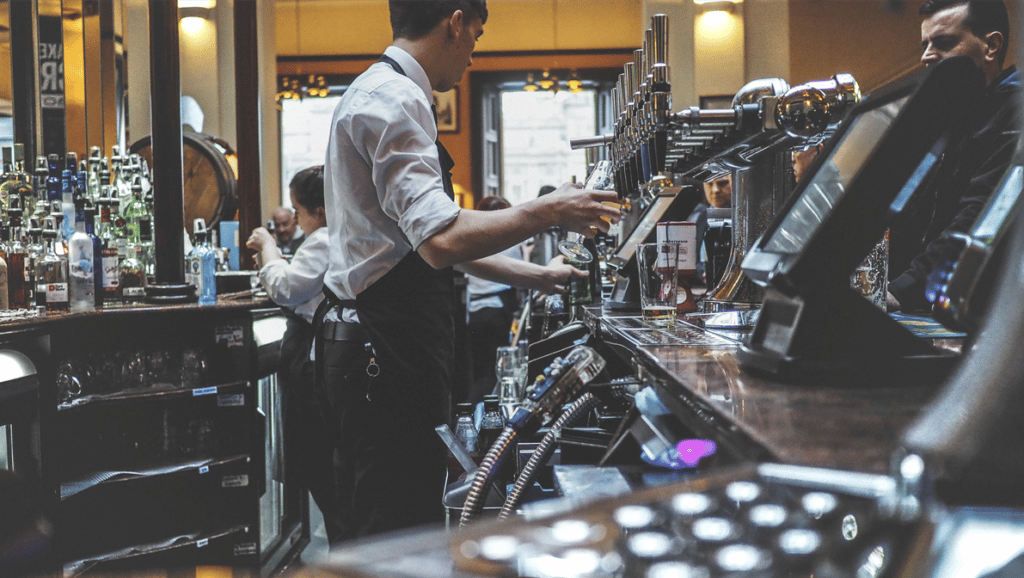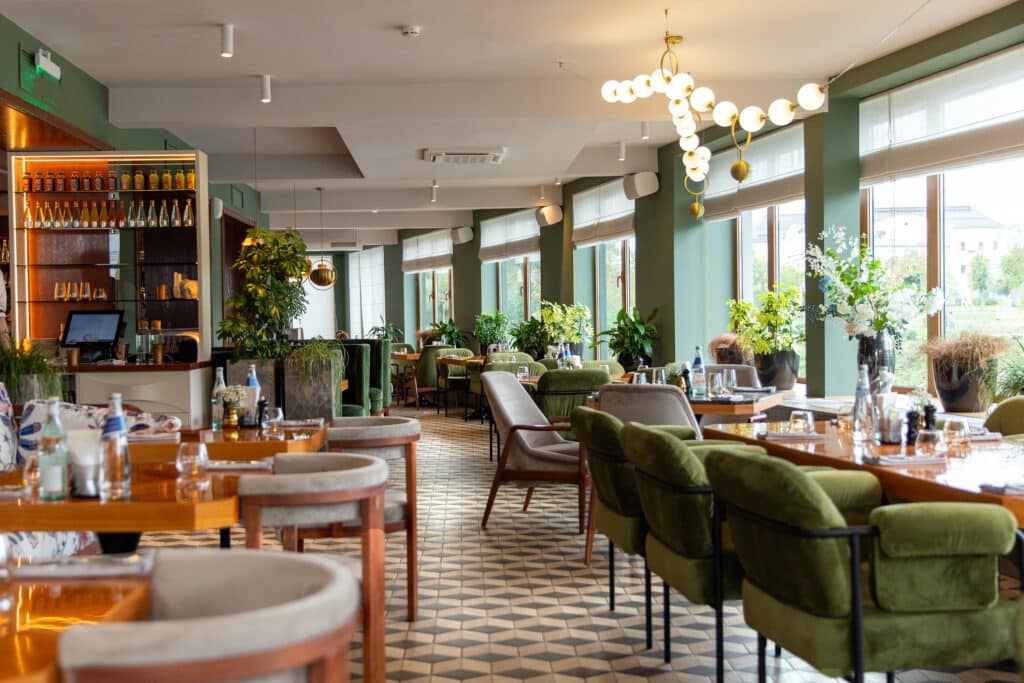What is upselling in a restaurant?
Menu recommendations are more than just suggestions to new customers who are unfamiliar your plates. Proactively training your staff in the art of menu recommendations and upselling can boost everything that your restaurant business thrives on: sales, positive experiences, and strong relationships.
Top 6 benefits of upselling in restaurants
- Improves the customer experience and retention through server engagement
- Reduces food waste by quickly moving product on-hand
- Lowers food costs through use of seasonal or locally sourced ingredients
- Boosts your bottom line by advertising higher-margin dishes and upselling compatible cocktails or desserts
- Optimizes staffing by increasing sales of fast-prep dishes
- Keeps your restaurant relevant by following trends without the costs of re-printing menus
There is a right and a wrong way to do just about anything, including the art of menu recommendations. Make recommendations the right way and they can become excellent chances to build trust and credibility. Do them poorly and you waste valuable opportunities to increase sales and gain repeat customers.
The next time you or your staff get asked about a recommendation for some food or drink item, don’t just have them volunteer an offhand remark about what they like. Train them on your most popular orders, most profitable plates, and seasonal specials.
Not sure which recipes are the most profitable? Use our free recipe cost calculator to find out.
During the pre-shift meeting, bring out a sample of the latest special, new menu item, or most profitable plate and let your staff taste it while you point out the highlights. Let them know what wines and desserts are best to pair well with the dish. Doing so will help them remember what you have said and make them appear more authentic when describing the dish to guests.
Examples of upselling in a restaurant
Here is what not to say when a customer asks for a menu recommendation:
- “Everything is good here!” While the server may think they are providing positive feedback, the customer has not been helped at all. Narrowing in on a few popular items or personal favorites creates an additional touch point between the server and guest.
- “I don’t know.” This isn’t an acceptable response. Every employee should have the opportunity to sample the most popular menu items, new dishes, and specials.
- “I like the steak.” It’s an improvement, but your reply is a wasted chance. Why? Because you are not selling the steak by talking about what exactly it is that you like about it and which wine or cocktail would be the perfect compliment.
Better examples of what to say when upselling in a restaurant include:
- “I really like the steak. It’s dry-aged premium Kobe-style beef seasoned with…” Tell them what makes the recipe great – the special ingredients, the chef’s magic touch with red meat. Make them want it. This is also a great time to upsell by adding “and our house pinot noir goes great with it!”
- “The steak is awesome! It comes plated on a cobalt-blue square platter with red and blue potatoes, purple asparagus…” Describe it visually, which tells them what to expect and builds anticipation for a delicious meal.
- “Do you prefer red meat or seafood? Right now, we have seasonally fresh salmon…” First, you’re engaging the customer, which is important. You’re also letting them know about the origins and limited availability of a special dish. And, don’t forget to suggest a wine or dessert that further enhances the experience.
Conclusion
Paying attention to the art of the menu recommendations lets you interact with the customer in a whole new way. You get the chance to present yourself as an expert, and if your recommendation is successful, your guest may decide to order other things – like dessert – that they might have skipped. It’s also a way to build relationships and ensure customer retention.
Be sure to use your restaurant reporting software to figure out which servers are outperforming on upsell—and who might need a little nudge—by tracking the average check, credit card tips, and other metrics. R365’s back-office management solutions cover accounting, payroll, scheduling, inventory, manager logbook, and more to give you the insights and intelligence to identify what’s working and what’s not.



